California dreaming
10-05-2017
The Californian sun will no doubt be casting its warmth on those attending the LA Screenings this month, but there will also be a chill wind in the air.
Irwin Gotlieb, chairman at advertising giant GroupM, summed it up best by stating the apparently obvious at the launch of its Interaction 2017 report earlier this month.
“People who don’t watch TV shouldn’t be chased on TV,” the ad man said, neatly encapsulating every fear an LA Screenings-bound TV exec or Upfronts-bound ad exec might have about linear television’s diminishing returns.
The report, described by GroupM as an “overview and speculations on the state of digital marketing and its implications for advertisers,” offers a perspective on just how much we can expect the TV world to change in the coming years. Perhaps, more ominously, it also offers insights into the state of the industry right now.
GroupM, for example, predicts that global digital advertising will snaffle 77 cents out of every new ad dollar in 2017, while television will be left with just 17 cents. For context, that’s down from 72 cents and 21 cents respectively for 2016.

Irwin Gotlieb
And it’s not just a US issue. Digital ad investment has already surpassed TV in 10 markets and another five – including France and Germany – will make the shift in 2017 if you believe GroupM’s predictions.
Yet humble television is still doing the business globally, with its share of the ad market remarkably stable at 42% in 2016. This is predicted to slip to 41% this year, GroupM adds – hardly a reason to flick the switch and go live in a commune.
The shift of ad dollars is also bringing opportunity, at least for producers. So much content on a myriad of mediums means catching viewers’ attentions is tough – something brands are only too aware of. It’s why they – and agencies – are increasingly putting their marketing money into programming, be it production operations from firms such as PepsiCo or ad giant Dentsu Aegis Network’s content arm The Story Lab.
The well-documented problem for television execs, however, is that 16- to 24-year-olds are giving up the TV ghost. The global population of this demo dropped by 1% between 2014 and 2016, but the average ‘tonnage’ of the linear TV audience fell 16%. In some markets, this figure rocketed as high as 30%.
It’s why companies such as Verizon are focused on mobile-first offerings such as Go90, which – after a stuttering start – is attempting to reinvent itself to attract that youthful audience who are watching more content than ever before. Given the fact that 2017 marks the 10th anniversary of the iPhone’s launch, arguably the only surprise is that a focus on this medium has not come sooner and with more dollars behind it.
And while TV might be far from a dead medium, it is however in many cases failing to keep up, something evidenced by evermore desperate broadcasters attempting to accurately capture viewers across their digital diaspora – something that’s still not happening, according to GroupM. Competing for ad dollars with the likes of YouTube and Facebook is nothing new for networks but it makes the urgency for an effective and accurate ratings machine even more important.
All of this, plus an acceptance of lower ratings, talent shortages and an eye on costs, likely plays into why buyers cruising from studio to studio at the LA Screenings will find fewer shows on offer on their arrival. The sun might still be shining but those storm clouds are getting ever closer.













.jpg)




























